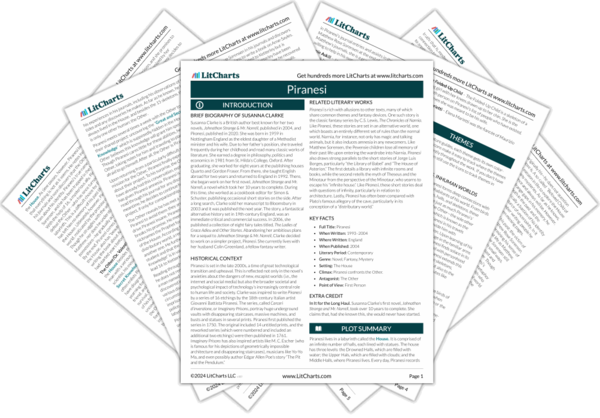The strength of Piranesi’s reaction to the name Matthew Rose Sorensen strongly suggests that it is his former name. Though he seems to recognize this on some level, Piranesi does not immediately embrace it; Instead, he undergoes an identity crisis, exemplified by his inability to complete the sentence “I am…” Though challenging, this crisis leads Piranesi to an important revelation about the nature of identity: his name is not his only means of defining himself. As such, he answer 16’s question not with a name, but with a description of his relationship to the House.
